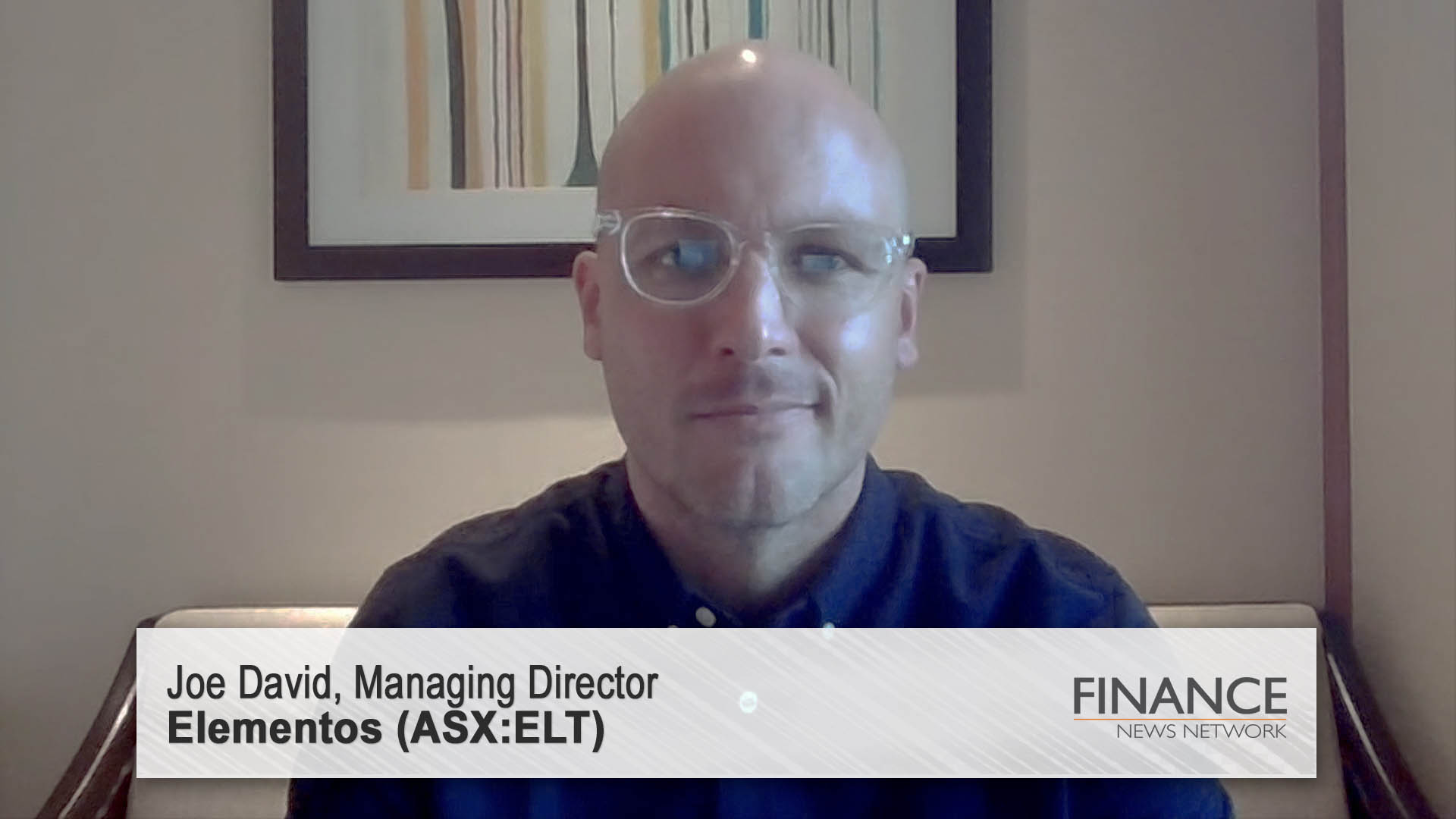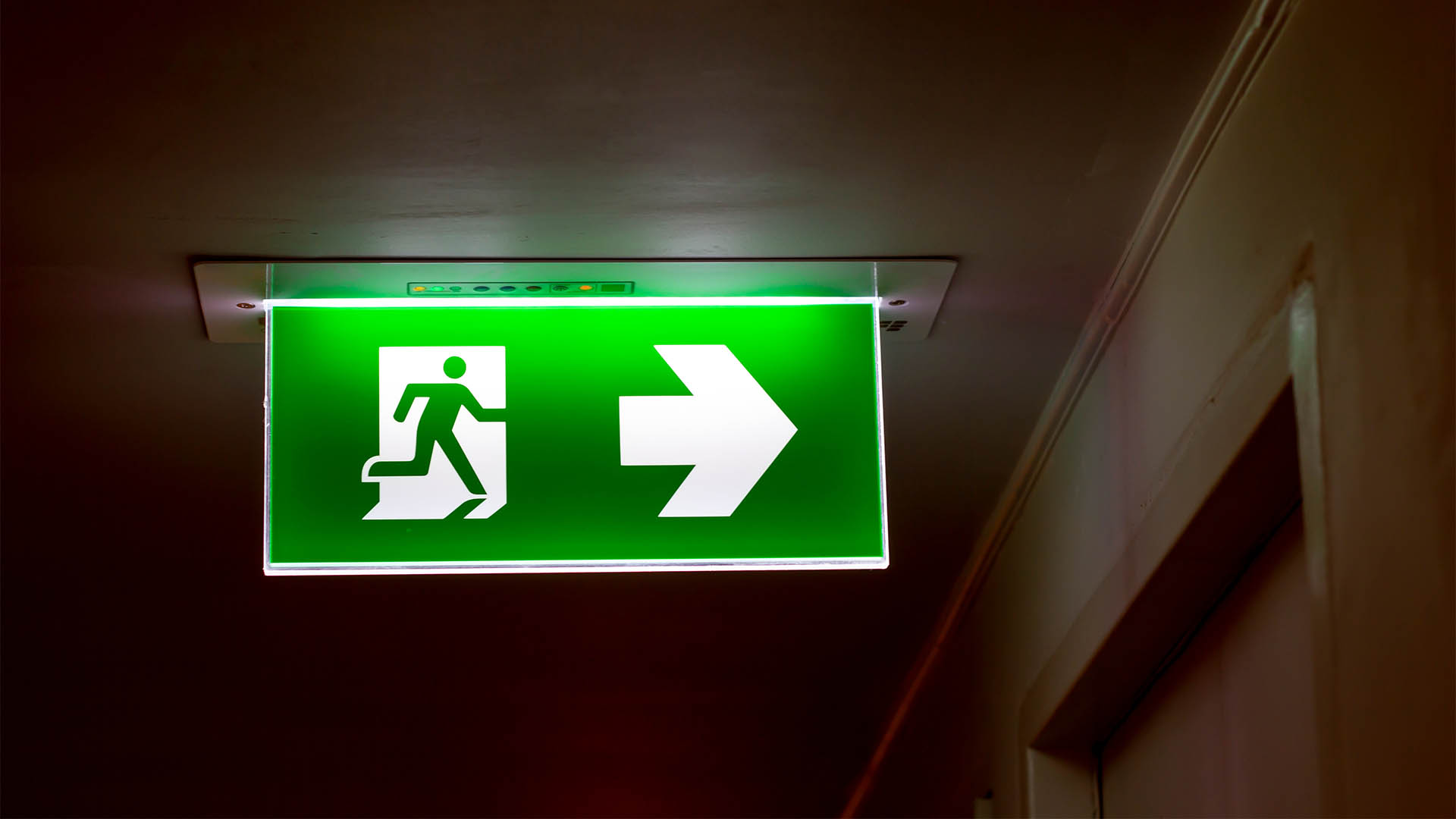The US Federal Reserve meets next week for two days and already there’s a very confident expectation that there will be no change in interest rates or in its current indefinite timeline for leaving rates where they now are.
The key phrase in the Fed’s post meeting statement is "an extended period" in relation to its view on interest rates and the possibility of movement. That won’t change, but if it does, it might be to signal that the Fed sees a greater chance of another slowdown, rather than a rebound.
On Wednesday, economists at 14 of America’s major banks pushed back their estimate of the first Fed interest-rate increase until the middle of 2011.
This week a researcher at the San Francisco Fed said in a research paper that it was possible there might not be a Fed rate rise until 2012.
He pointed out inflation will remain low because a combination of high unemployment and the burden of unused capacity in the economy.

This week’s industrial production report for May showed a very solid 1.2% rise from April (which saw an 0.7% rise).
But unused capacity is around 7%, based on current capacity utilisation and the average figure for utilisation of around 80% for the past 20 years.
According to the economists’ latest forecast, released by the American Bankers Association, the US faces at least 18 months of very low inflation, and continuing high levels of unemployment.
At the start of this year, the economists had expected the Fed to start tightening by next December, thanks to rising inflation.
But now this view has changed over the past six months.
The economists see a greater risk is for deflation, although that wasn’t apparent from the latest Producer Price Index released on Wednesday which showed growth of an annual 1.8% in the year to May.
And the CPI for May, released Thursday night, showed a fall in the headline rate and a small rise in the core rate, but the core is up by only 0.9% in the past year and the headline rate, 2%.
The latest weekly measure of people receiving unemployment claims also rose, which was against forecasts, suggesting the jobless market is stuck in a deep, deep rut.
In its second forecast for 2010 this week, the ABA’s economic advisory committee said consumer price inflation will slow to nearly 1% this year and rise to just 1.8% in 2011.
"Inflation expectations will remain subdued and well anchored," said Stuart Hoffman, chief economist of PNC Financial Services Group Inc and chairman of the ABA committee.
So that would give the Fed more room to wait on rates, which is not very cheery for the US economy.
The ABA panel sees an economy that is growing at "half-speed" for the next 18 months, but the group believes the chances of a double-dip recession are very unlikely.
Instead, the economy will battle through this year and 2011, with around 2.2 million new jobs created in 2010 and another 2.5 million in 2011.
Seeing there were 8.5 million jobs lost in the recession, and the US needs to add around 125,000 jobs a month (1.5 million annually), around 1 to 1.5 million new jobs will be created over this year and next.
Unemployment is now running at 9.7% and the panel saw that rate falling to around 8.5% by the end of next year.
With income growth from the job creation boosting consumer income and spending, economic growth (real gross domestic product) should be around 3% annually until the end of next year; that’s about the pace seen in the first quarter.
A major and deepening worry for many US economists is the state of health of the housing and construction sector.
Both are depressed, but housing seems to be tipping over into another slump (its own double dip).
As expected, the ending of the home buyers tax credit in April sent new home starts and building permits down in May, but by far more than the market expected.
The US government said building permits in May 2010 were an annual 574,000, down 5.9% from April, but 4.4% above the May 2009 estimate.
Housing starts fell 10.0% from April, to an annual rate of 593,000.
But that was still 7.8% above the May 2009 level.
Starts were at a five month low in May, the 10% decline was the biggest in 14 months and April’s housing starts were revised down to show a 3.9%, from the previously reported 5.8% rise.
A real worry was the 17.2% slump in starts of single family homes.
That was the biggest fall in 18 years. Home completions fell 7.4% to a 687,000-unit annual rate.
The inventory of total houses under construction fell 2.3% to a record low of just 475,000 units in May.
Two corporate results in the US gave us a glimpse of what the second quarter might be.
We know unemployment is weak, as are retail sales and housing, but car sales are solid and manufacturing is basically supporting the economy.













